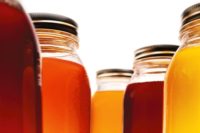Sweeteners: Sweetening Consumers’ Candy Choices
Ongoing debate about sugar intake sparks renewed interest in sugar-free, reduced-sugar confections.
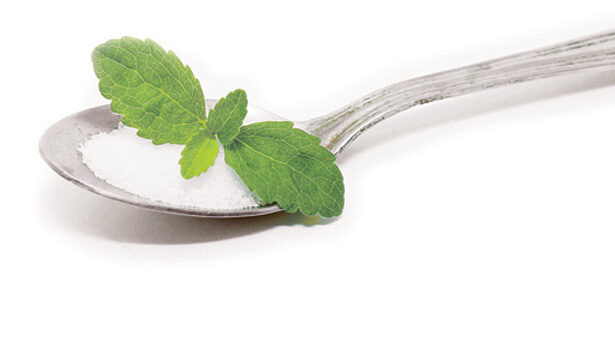
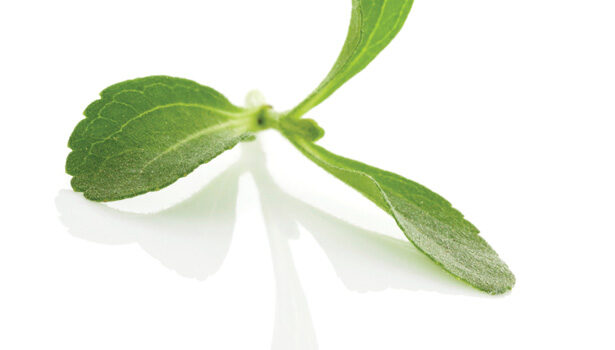
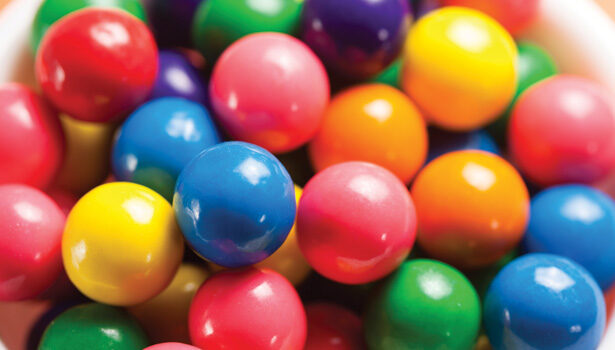

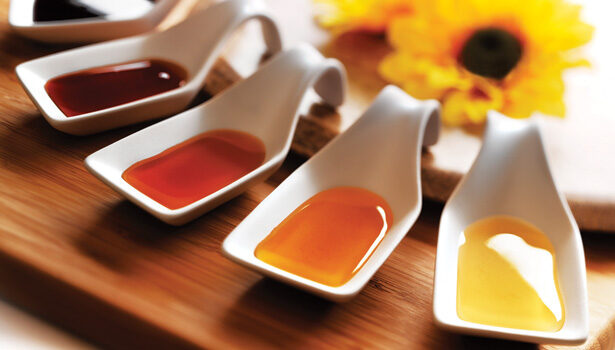





Anyone who follows the sugar and high fructose corn syrup industries, especially confectioners, has probably seen the battle being fought in the press between the two groups. The question of whether one is healthier than another or whether one is more “natural” than the other rages on.
Ironically, confectioners use both and will continue to do so for most of their products. Nonetheless, there is a growing movement among consumers and food activist groups to reduce overall sugar consumption.
In a white paper published by Steviva Ingredients, the author notes that nearly 13 percent of adults’ total caloric intake comes from added sugars. A Center for Disease Control study, Consumption of Added Sugars Among U.S. Adults, 2005-2010, reports, “Recent analyses indicate that children and adolescents obtain approximately 16 percent of their total caloric intake from added sugars.”
The recommendations set forth in the Dietary Guidelines for Americans, 2010 state that discretionary calories, including both added sugars and solid fats, should be limited to 5 percent to 15 percent per day.
So yes, there is a movement toward sugar reduction, and it’s making itself felt in the confectionery sector. As Philippe Levresse, technical sales representative for Roquette America’s confectionery division, notes, there seems to be a new surge of interest in sugar-free and reduced sugar.
“After a few years of relative stagnation, the market for sugar-free confections appears to be expanding again,” he says.”In light of persistent concerns about sugar intake and proposed regulations to limit sugar consumption, we have noticed an increased interest from confectioners to develop sugar-free or reduced sugar formulations.”
Ricardo Rodriguez, Ingredion Inc.’s confectionery marketing manager, concurs. “Absolutely, the trend toward healthier products in the food industry in general has driven the demand in the confectionery segment to develop healthier alternatives, which are either sugar-free or reduced-sugar.
“There has been increased interest in our line of polyols (Maltisweet brand) that can deliver both sugar-free and reduced sugar in confectionery products,” Rodriguez continues. “Our polyols offer a very close match to standard sugars and corn syrups that are used in terms of functionality, taste and sweetness.”
Not only is there more interest in sugar-free and/or reduced sugar, there’s also increased demand for natural sweeteners, such as honey or stevia.
According to the National Honey Board, honey is showing up in an increasing number of confectionery products, and was even spotted as an emerging trend at the recent Sweets & Snacks Expo.
Besides being all natural, it is 25 percent sweeter than sucrose on a dry weight basis and is composed of fructose, glucose, maltose and sucrose, explains Catherine Barry, director of marketing for the National Honey Board. With more than 300 unique varieties in the United States alone, honey allows for an array of opportunities for different candy and chocolate product lines, she adds.
Lighter colored honeys generally are mild in flavor, while darker honeys tend to have a stronger flavor, she says. With 17 grams of carbohydrates per tablespoon, confectioners can also capitalize on the energy boost factor honey provides.
Barry cites a host of confectionery products using honey that have garnered attention, such as the following three Good Food Awards finalists: Cacao Art’s Honey Cardamom chocolate square, which contains an infused ganache made with honey and cardamom; California-based Nosh This‘s Honey Walnut Fleur de Sel Caramel, a soft, chewy caramel dipped in chocolate; and Theo Chocolate’s Mint Ganache, which includes honey, fresh ginger, ground vanilla bean and sea salt.
Barry also mentioned several new product launches, such as Droga Chocolates’ Nutty Puddles, which features wildflower honey and whole California roasted almonds combined with signature honey caramel and premium dark chocolate as well as Bobi Bee Sweet USA’s Manuka Honey Sweet Treats as creative examples of how confectioners can use honey.
Then there’s stevia, which is also being considered in confectionery formulations.
Melanie Goulson, Truvia stevia leaf extract application manager, Cargill, says the plant is ideal for supplementing the lower sweetness of polyols in sugar-free confectionery formulations. For example, she points to recent launches in Europe that have used Cargill’s Truvia stevia leaf extract, including the following: Torras’ line of sugar-free chocolate products; Stevi-Lakritz licorice by confectionery giant Haribo; and aspartame-free gum by Denmark’s Gumlink.
“We are seeing an increased interest in using natural sweeteners like our ENLITEN Reb a stevia,” says Rodriguez. “Globally, there has been a steady increase in products launched with a natural claim, from 2008-2013 there has been an increase from 8-12 percent. Although not new, stevia is the sweetener of choice when it comes to naturally sweetening chocolate, candy, and other delicious treats.”
But what about processing issues, which can crop up with sweeteners other than sugar or corn syrup?
“In the European Union, there is substantial experience in the formulation of sugar-free confectionery, and the issues handling bulk sugar substitutes are well-understood,” Goulson says. “High-temperature processes can pose problems for some high-potency sweeteners, but Truvia stevia leaf extract has shown itself to maintain sweetness even in aggressively hot and acid environments, such as may be found in hard candy manufacturing.”
The stevia expert does admit that there may be other issues rather than formulation challenges.
“For example, automating the addition of high-potency sweeteners may require plant changes,” she says. “Generally, this only occurs where lines normally used for sugar-based hard candy are being pressed into service to make sugar-free.”
Moreover, as Levresse emphasizes, with today’s lines of polyols, soluble fibers and high potency sweeteners, most traditional confections can be converted to great tasting sugar-free or reduced sugar with minimal adjustments.
There’s also another reason confectioners might want to consider alternative sweeteners: the ability to enhance nutrition profiles.
For example, Roquette offers NUTRIOSE soluble corn fiber, a versatile ingredient that can be successfully incorporated into many confections (such as hard and soft candies, as well as chocolate and compound coatings) to reduce sugars. Sugar reduction levels of 25 – 50 percent can easily be achieved, adds Levresse.
“We are also seeing an increased demand for value added or more functional ingredients, with fiber being one of them,” says Rodriguez. “ Ingredion has a portfolio of nutrional products, which includes NUTRAFLORA a prebiotic fiber soluble fiber, and AQUAMIN a natural calcified mineral source that can provide various health benefits/claims (bone health/mineralization, multi-mineral complex & bioavailability).
“These products work synergistically with ENLITEN to produce a more round sweetness profile,” he explains. “In addition we have a delivery systems portfolio that includes products that can help deliver functional and stable ingredients in confections like: vitamins, actives, nutrients and flavors.”
But, it’s up to the confectionery industry to step up and meet the growing demands for healthier products, Rodriguez argues.
“In North America the confectionery segment has faced increased competition from the snack industry,” he says, “which is producing healthier alternatives that crossover into the confectionery segment; therefore companies need to react to consumer needs before losing valuable market/brand shares.”
Looking for a reprint of this article?
From high-res PDFs to custom plaques, order your copy today!




